United Nations E-Government Survey
Filter :
Sustainable Development Goals
Subject
Publication date

United Nations E-Government Survey 2024
Accelerating Digital Transformation for Sustainable Development - With the addendum on Artificial Intelligence
This thirteenth edition of the United Nations E-Government Survey, released in 2024, provides a comprehensive assessment of the digital government landscape across all 193 Member States. The 2024 Survey highlights a significant upward trend in the development of digital government worldwide, with increased investment in resilient infrastructure and cutting-edge technologies. The global average value of the E-Government Development Index (EGDI) shows substantial improvement, with the proportion of the population lagging in digital government development decreasing from 45.0 per cent in 2022 to 22.4 per cent in 2024. Despite significant progress in digital government development, the EGDI averages for the African region, least developed countries, and small island developing States remain below the global average, underscoring the need for targeted efforts to bridge existing gaps. At the local level, the Survey continues to assess city portals using the Local Online Services Index (LOSI). The LOSI findings reflect steady progress but also highlight persistent disparities between national and local e-government performance, pointing to the need for focused initiatives to strengthen digital government at the municipal level. This edition introduces the new Digital Government Model Framework, providing countries with a comprehensive road map for the effective planning, implementation and assessment of digital government initiatives. A short addendum explores the integration of AI in digital government development, emphasizing the importance of maximizing benefits and minimizing risks to achieve balanced governance.
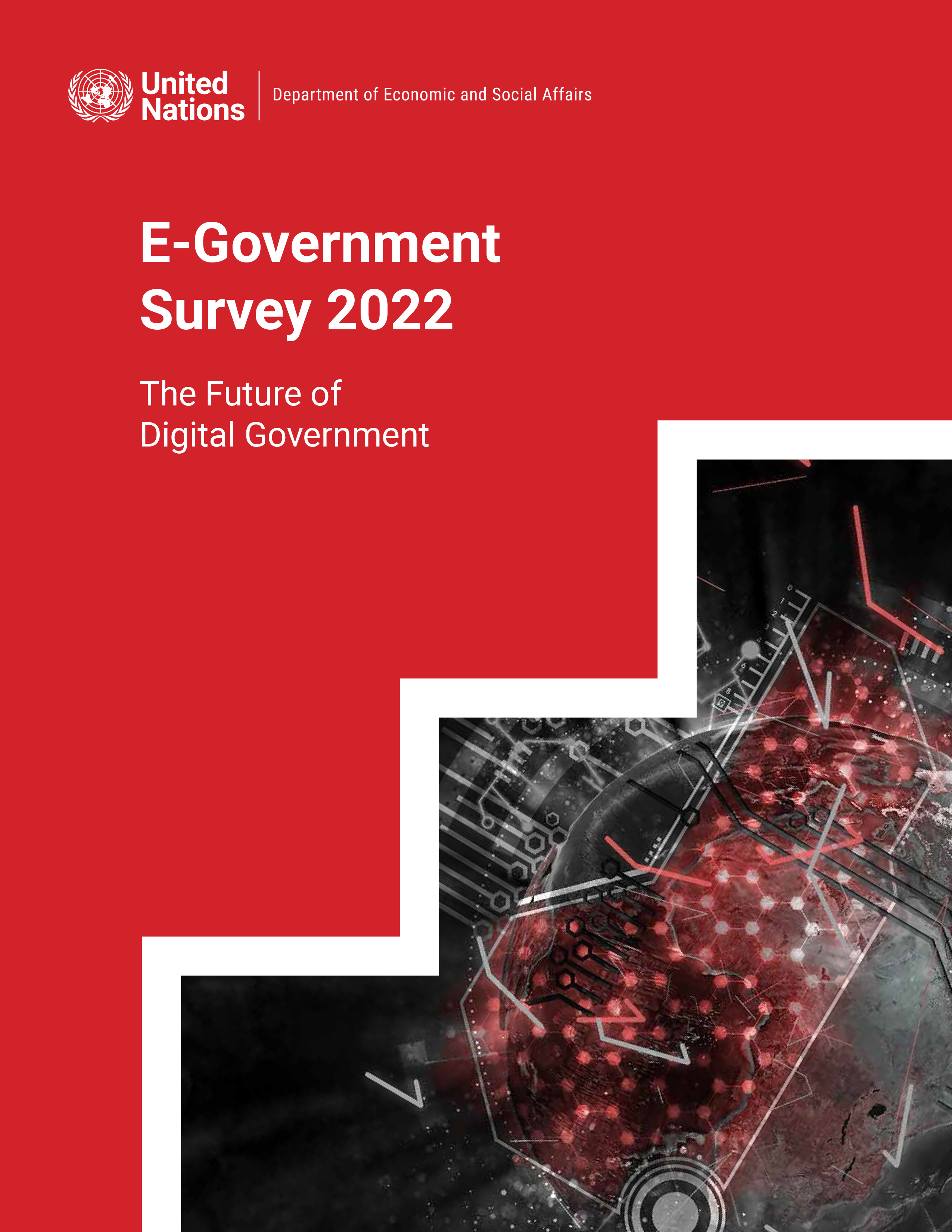
United Nations E-Government Survey 2022
The Future of Digital Government
The United Nations E-Government Survey is published by DPIDG, UN DESA, once every two years. The 2022 Survey is the 12th edition, following a consistent methodology first adopted in 2003. The Survey assesses global and regional e-government development through a comparative rating of national government portals relative to one another. It is not designed to capture e-government development in an absolute sense, but rather to provide a snapshot of country trends and relative rankings of e-government development in the implementation of the Sustainable Development Goals (SDGs). It presents the trends and relative rankings of e-government development across 193 Member States through a quantitative composite index, the E-Government Development Index (EGDI), with three separate components - the Online Service Index (OSI), Telecommunication Infrastructure Index (TII), and Human Capital Index (HCI).
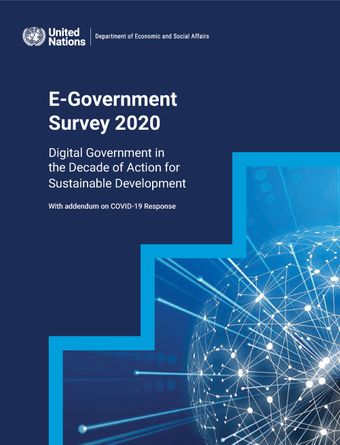
United Nations E-Government Survey 2020
Digital Government in the Decade of Action for Sustainable Development (With addendum on COVID-19 Response)
The Survey assesses global and regional e-government development through a comparative rating of national government portals relative to one another. It is designed to provide a snapshot of country trends and relative rankings of e-government development in the implementation of the Sustainable Development Goals. It presents trends and relative rankings of e-government development across 193 Member States through a quantitative composite index, the E-Government Development Index (EGDI), with three separate components - the Online Service Index (OSI), Telecommunication Infrastructure Index (TII), and Human Capital Index (HCI). Includes addendum on COVID-19 (coronavirus) response.
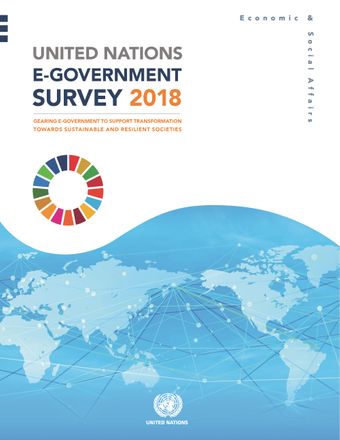
United Nations E-Government Survey 2018
Gearing E-Government to Support Transformation Towards Sustainable and Resilient Societies
Governments have the critical responsibility to pursue policies and measures to build resilience and assist those most affected by shocks in achieving the Sustainable Development Goals (SDGs). They must find ways to anticipate disasters and shocks and lower their impact. Digital technologies are increasingly being used by governments to improve the response to disasters and other shocks to improve the resilience of communities. In the information society, it is important to move onwards to an approach where the concerns of building resilience, sustainable development and leaving no one behind are embedded in e-government development.
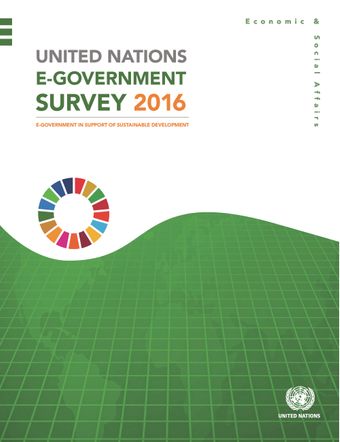
United Nations E-Government Survey 2016
E-Government in Support of Sustainable Development
Since 2001, the United Nations Department of Economic and Social Affairs (DESA), Division for Public Administration and Development Management (DPADM) has published the United Nations E-Government Survey (“the Survey”). Now in its ninth edition, the Survey provides an analysis of emerging public administration trends and issues and of how e-government can support the realization of the internationally agreed development agenda and goals. The Survey offers insights about common challenges, broad trends and different strategies in e-government development among regions and across countries. By tracking the progress of countries globally over time, the Survey seeks to better understand the challenges and opportunities that the Member States face in developing their e-government programmes.
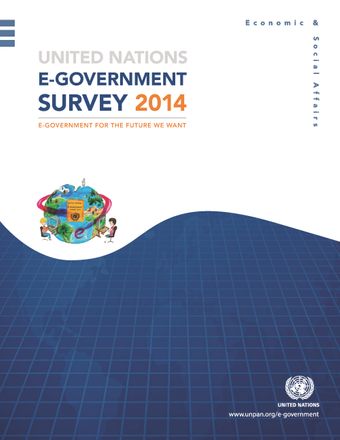
United Nations e-government survey 2014
E-Government for the future we want
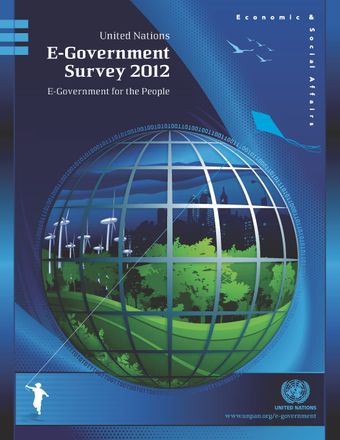
United Nations E-Government Survey 2012
E-Government for the People
The survey was prepared in a context of multiple challenges to achieving sustainable development goals and a call for responsive and collaborative government. It explores the institutional framework for e-government and finds that the existence of a chief information officer acting as a national coordinating authority can help overcome internal barriers and focus minds on integrated responses to citizen concerns. The survey argues that e-government provides administrators with powerful tools for grappling with social equity and digital divide issues. Governments must find effective channels of communication that fit national circumstances while also taking steps to increase usage of online and mobile services to benefit citizens. The survey explores global e-government development and how best to move ahead.
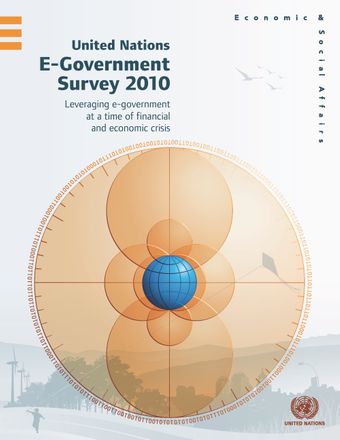
United Nations E-Government Survey 2010
Leveraging E-Government at a Time of Financial and Economic Crisis
The theme of the 2010 Survey is how to leverage e-Government in the current financial and economic crisis. The crisis presents a major challenge for UN Member States’ attainment of national development goals. The Survey explores the potential of e-Government, focusing on its relationship with government spending such as stimulus funding, integrity and efficiency in financial monitoring, and public service delivery. The prime focus of the Survey will remain the Web Measure Index based on an extensive analysis of government national web portals/sites and ministries. Assessment of the e-Government readiness of the 192 UN Member States according to quantitative index of e-Readiness based on website assessment, telecommunication infrastructure and human capital.
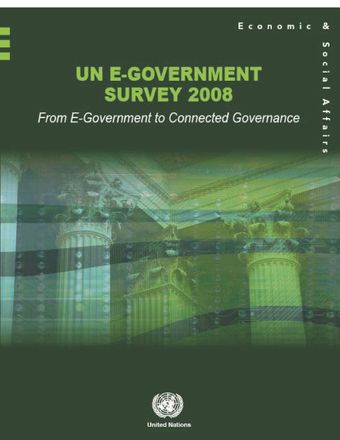
United Nations E-Government Survey 2008
From E-Government to Connected Governance
A trend towards reforming the public sector has emerged in many countries in recent years, attempting to revitalize public administration and make it more proactive, efficient, transparent and especially more service oriented. E-government can contribute significantly to the process of transformation of the government towards a leaner, more cost-effective government. However, the real benefit of e-government lies not in the use of technology per se, but in its application to processes of transformation. The 2008 year Survey presents an assessment of the new role of the government in enhancing public service delivery, while improving the efficiency and productivity of government processes and systems. The first part of the publication describes the findings of the United Nations e-Government Survey 2008 while the “how to” approach connected governance is the focus of Part II.
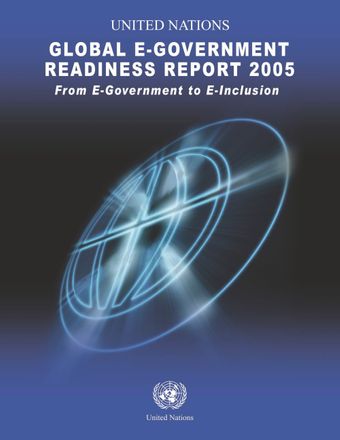
Global E-Government Readiness Report 2005
From E-Government to E-Inclusion
There are huge disparities in the global access and use of information technologies, and these disparities are not likely to be removed in the near future unless a concerted action is taken at the national, regional and the international levels. The 2005 edition of the Report presents an assessment of the countries according to their state of e-government readiness and the extent of e-participation worldwide. Like its predecessors, it ranks the 191 Member States of the UN according to a quantitative composite index of e-readiness based on website assessment, telecommunication infrastructure and human resource endowment.

UN Global E-Government Survey 2003
Governments have the critical responsibility to pursue policies and measures to build resilience and assist those most affected by shocks in achieving the Sustainable Development Goals (SDGs). They must find ways to anticipate disasters and shocks and lower their impact. Digital technologies are increasingly being used by governments to improve the response to disasters and other shocks to improve the resilience of communities. In the information society, it is important to move onwards to an approach where the concerns of building resilience, sustainable development and leaving no one behind are embedded in e-government development.
